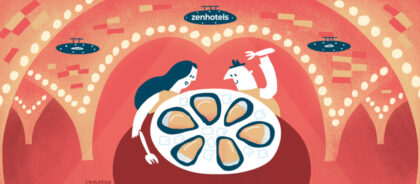With each new visit, I started to see New York from many different angles, hitherto unseen. Empty piers along the banks of the Hudson River, the quiet gardens of Upper Manhattan, the waterfalls – something you don’t expect in one of the world’s major metropolises. You have shows in the hotels, futuristic exhibitions and excellent food, something which is still quite amazing, even if you’ve traveled round half the globe. This, then, is my guide to the city I love, to its hidden nooks and crannies and its atmosphere.
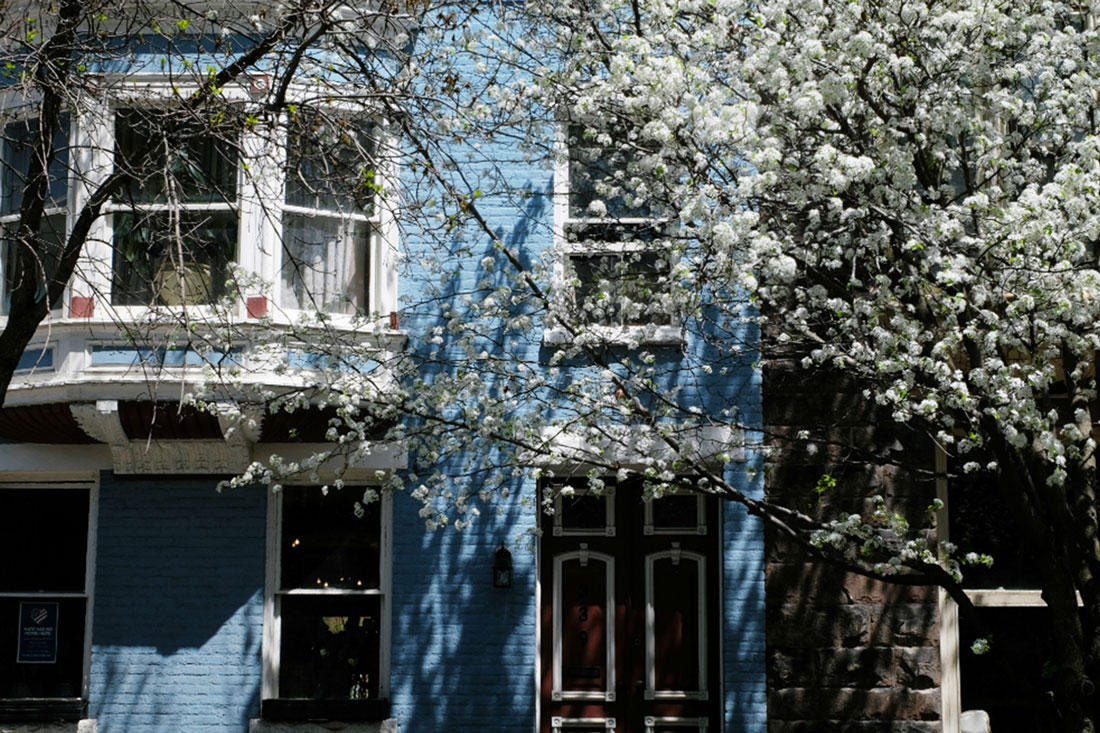
Parks – getting away from the hustle and bustle
The sheer abundance of parks in New York more than compensates for the extent of glass and concrete. The main green area remains now, as before, Central Park, but there are other, less well-advertised places rarely visited by guests to the city but where you will find plenty of locals. They stroll up and down tree-lined alleys, jog past river piers and play golf. New Yorkers love these places.
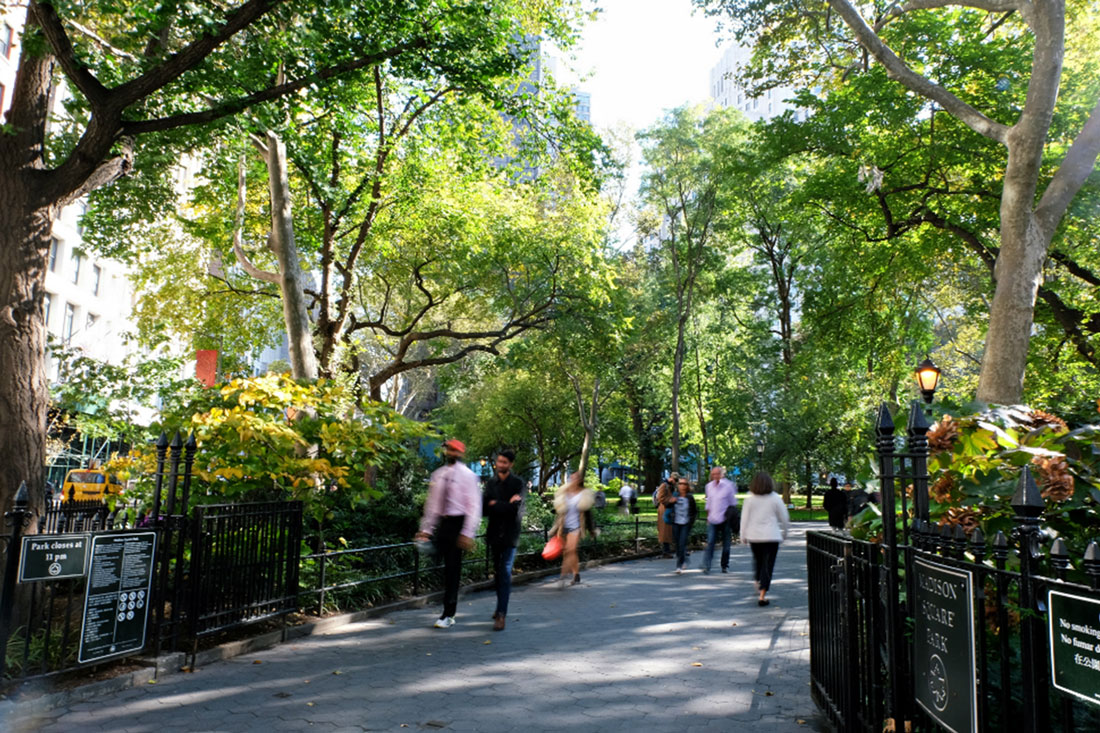
The Hudson River Park is the second-biggest park in New York City and runs for 7.2km along the banks of the Hudson River in West Manhattan. Sometimes I would spend almost the whole day there. It was lovely strolling along the river bank, breathing the sea air, enjoying the cries of the seagulls and the wonderful views of the Statue of Liberty and then losing myself in unusual installations and contemporary sculptures.
The park boasts a whole range of sporting facilities including tennis courts, beach volleyball and basketball, boat and bike rides. There are cycle tracks, climbing walls and an ice rink – the whole range of what’s on offer can be found here. Weekend evenings, if you’re into staying up all night, you can enjoy a party cruise, a floating night club, and bar which sails around Manhattan Island and returns to the Hudson Pier by morning.
Washington Square Park is in Greenwich Village and is usually full of students from neighboring New York University, roller-skaters, street musicians, and artists. Here you could easily find yourself on a film set, which is what happened to me. I literally fell into an orchestral concert being conducted by Gael Garcia Bernal. It turned out they were filming a new episode of the popular US TV series Mozart in the Jungle.
An absolute must for Washington Square Park is to feed the chubby squirrels. They are continually spoilt by treats so won’t run off – in fact, they will eat out of your hand.
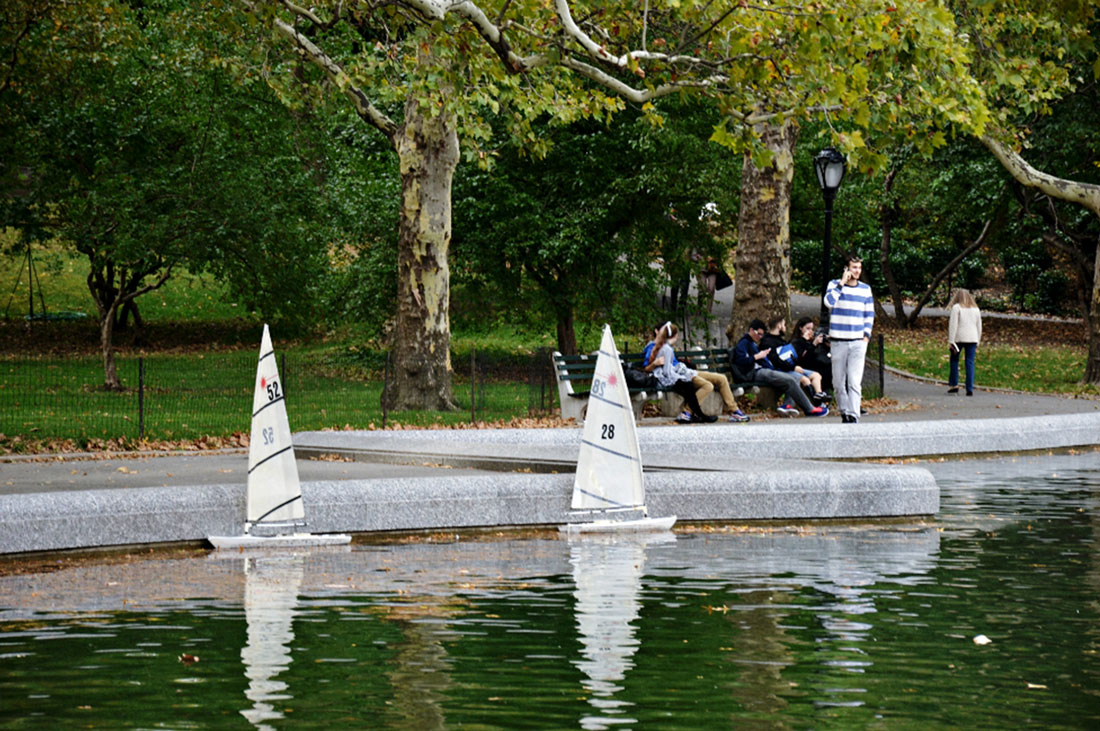
Paley Park is nestled in downtown Manhattan and is a place where people gather to gossip. This small space is square and tucked between apartment blocks. One of the walls surrounding the garden has been turned into a waterfall, and the other two into vertical ivy “lawns.” In the mornings, office workers fill up on coffee from the nearby Pain Quotidien, take a seat on one of the benches, and chat with the noise of the waterfall in the background.
The park is known for the fact that in the 1940s, it was the site of the legendary Stork Club, where New York’s high society used to mix. It’s here that the future author of The Catcher in the Rye, J D Salinger, met the love of his life, Oona O’Neill, who was the one to set him on the path to his literary career.
West Side Community Garden is a tiny little garden on the Upper West Side of Manhattan. I would never have come across it had it not been for a friend of mine who lives nearby. Nowadays this little island of greenery is the favored meeting place for those who live in the area. In the mornings, you will meet mothers playing with their children or office workers reading their papers before work. During the day they pop back for a quick bite of lunch and towards the end of the day the schoolkids pass through. Aside from the little flower-lined pathways, there are greenhouses tended by volunteers, where vegetables are grown.
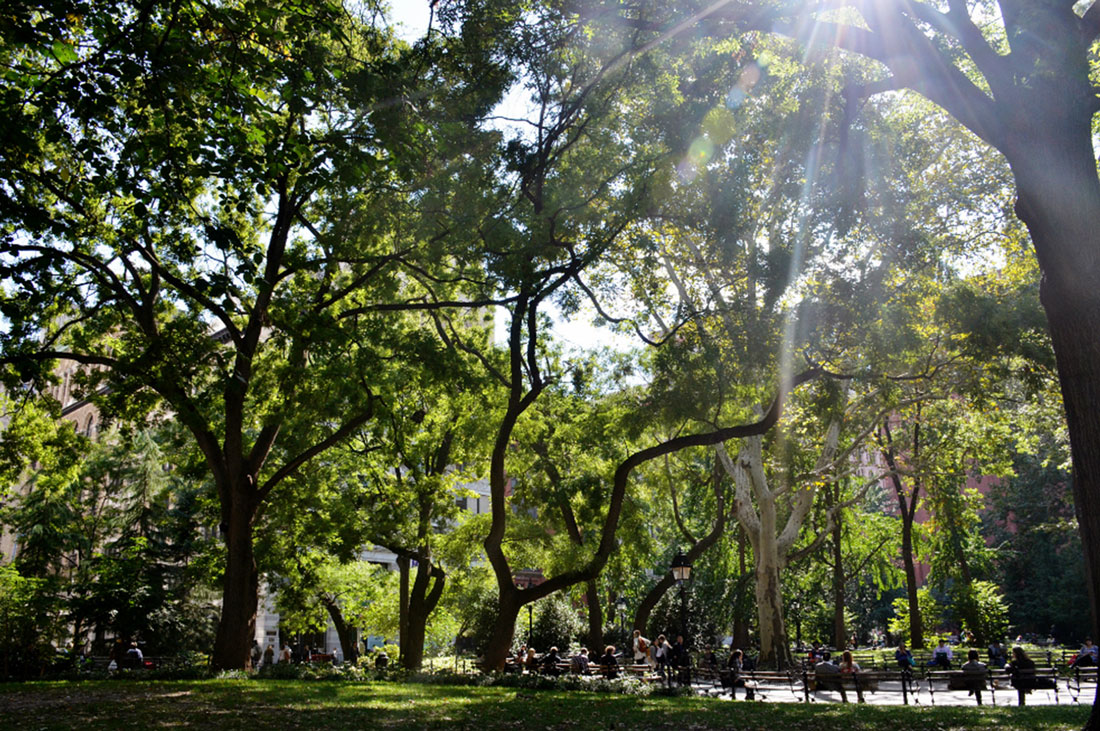
If your trip is around April, you should add these parks to your list of must-see activities. From the middle of the month, the magnolias come into bloom and then towards the end, in many of the city’s green zones, you get cherry blossom, especially in places like Central Park, Riverside Park, and Brooklyn Botanic Garden. A true riot of color bursts out in May when the tulips, azalea, wisteria, and rhododendrons bloom.
In June and July, the parks are a place of refuge as the heat in this city becomes unbearable. The air rising from the asphalt turns burning hot. Autumn is the best season to visit, especially in October. As for winter, it’s best avoided. The regular snowstorms combined with humid air and the winds blowing in from the Atlantic make for one hell of an experience.
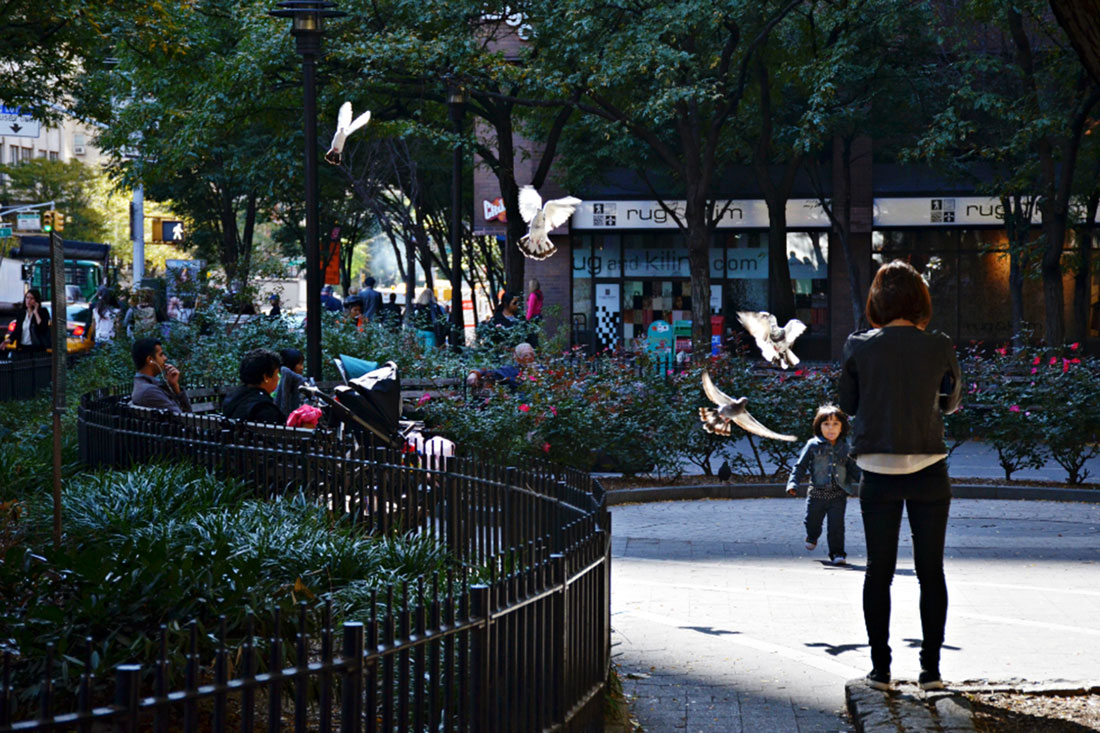
Museums and theatres: where to make discoveries
Historically, New York’s museums are as integral a part of the city’s social fabric as its bars, restaurants, and Tinder. The locals go for places like the Metropolitan Museum of Art or MET as they do the Museum of Modern Art (MOMA) or the Whitney Museum of American Art. Amongst those you should not miss are the private Frick Collection of classical western European paintings and the Solomon R. Guggenheim Museum. There is no point in comparing one with another; just decide whether it’s classical or contemporary you’re after. If the former, then MET or Frick, if the latter, the MOMA, Whitney or Guggenheim.
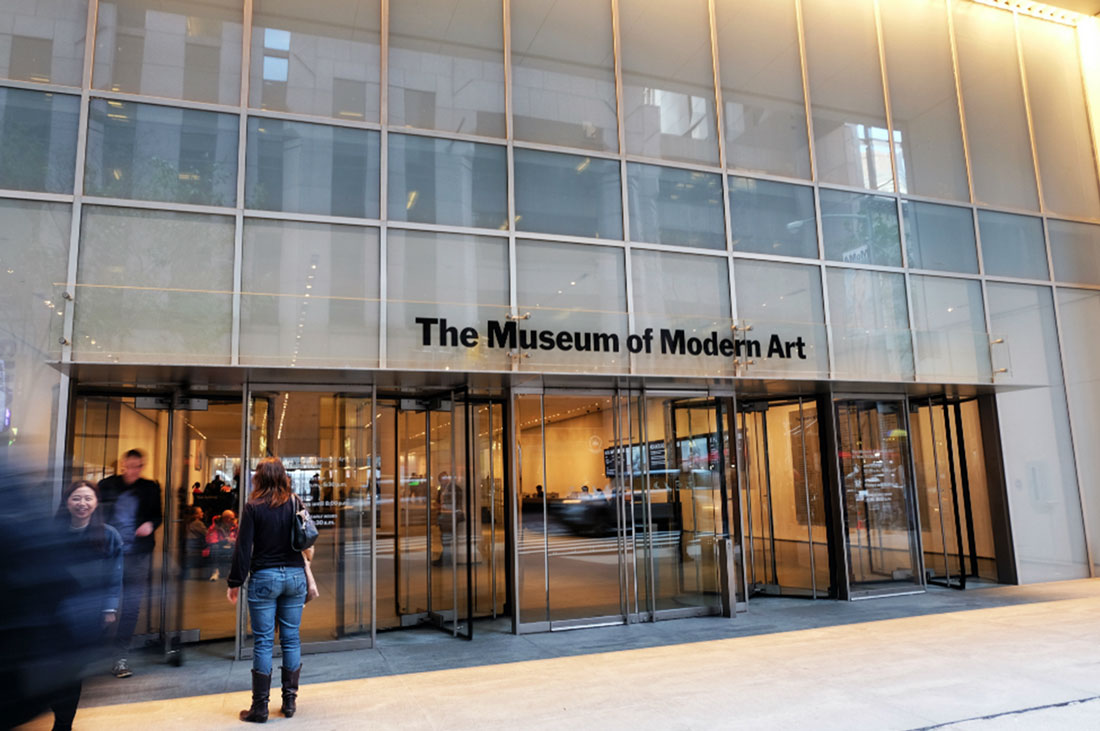
Amongst the less well-known but just as enthralling museums are the Cooper Hewitt, Smithsonian Design Museum where you can get an idea of how worldwide architectural styles will evolve and what kind of furniture we will be using in the next few decades. And at the Museum of Fashion Institute of Technology, you can look in detail at the works of legendary designers. There are virtual tours of previous exhibitions on the museums’ official websites, and both offer free entry.
If you’re heading for New York, make a plan for each day. It might sound pedantic, but it will work in your favor, otherwise, you’ll never remember the opening times and days of the museums, which are free and how much the others cost and when you have to pay and when they are free.
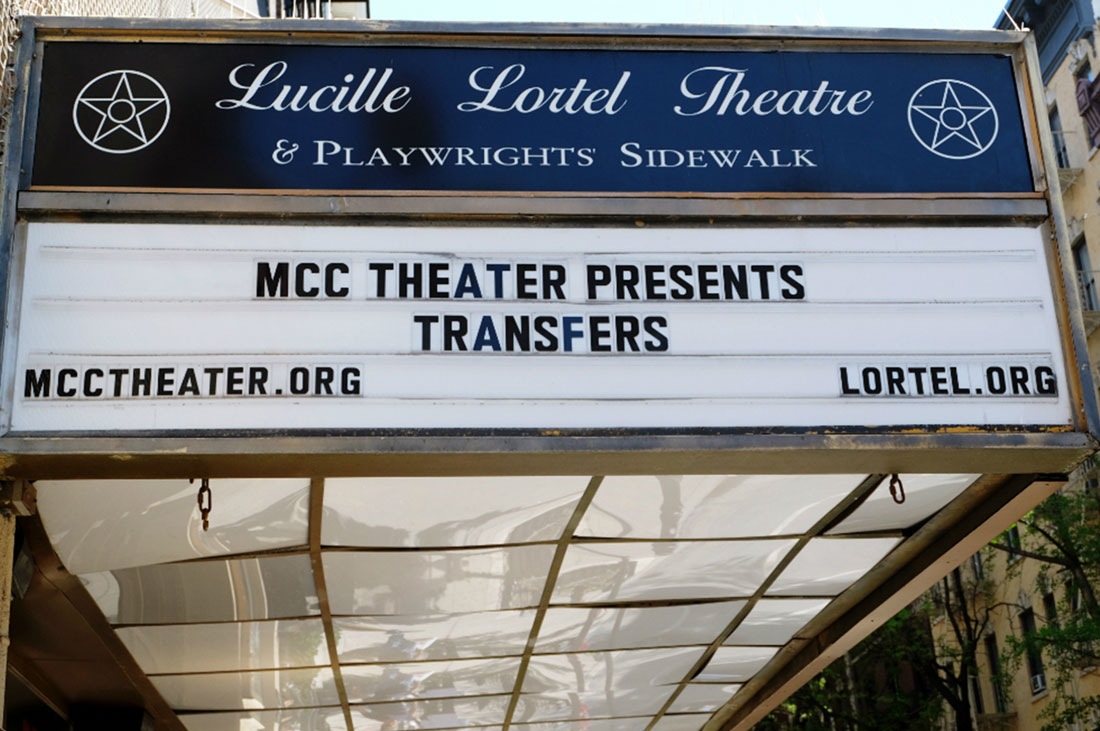
When you can “pay what you like”
Guggenheim: Saturdays, 16:00-18:00
Frick Collection: Thursdays, 16:00-18:00
The MET always works on a voluntary contribution basis. No-one will think anything bad of you if you make like the locals and pay $1-$2 (~ €0.90-€1.80)
If you want to make some savings on entry fees and jump the queues in the most popular museums, there are two ways to do it: New York CityPASS and New York Pass. You can buy them online before departure. If you’re staying 3-5 days, then take the New York CityPASS which costs $129 (~€116) and gives discounts for six attractions. If you are going for 10 days or more, take the New York Pass, which is valid for 90 attractions and costs up to $339 (~€306).
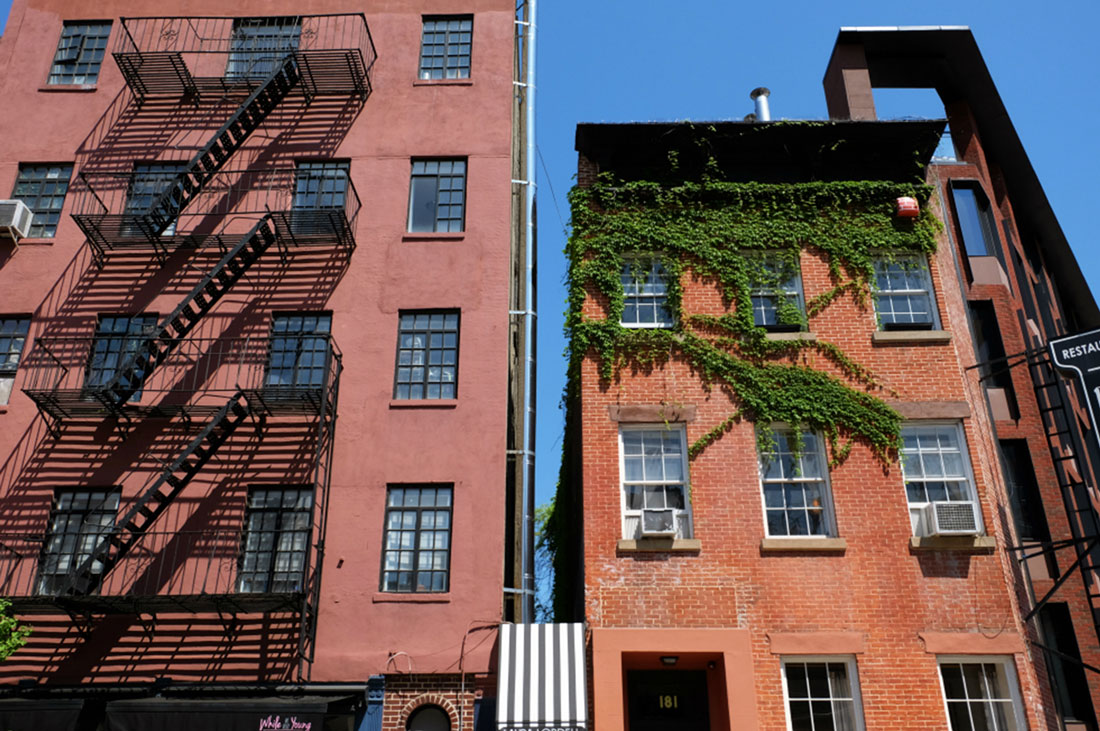
I am not a great fan of musicals, so a couple of Broadway shows and the Cirque du Soleil were more than enough for me. What was worth the visit was Sleep No More. The show takes place in the abandoned McKittrick Hotel, and you need to be comfortable walking. You go from room to room in the hotel following the actor-guests and their adventures. It’s scary, strange, sometimes uncomfortable and eerie but definitely not boring.
Restaurants and markets: where to eat the best lobster
Giving something special to an experienced foodie is no mean feat, but saying that, one of New York’s main selling points is that it offers the freshest seafood, especially oysters and lobster which you don’t find so easily at home. Here’s a list of wonderful seafood restaurants for you to look into before you leave.
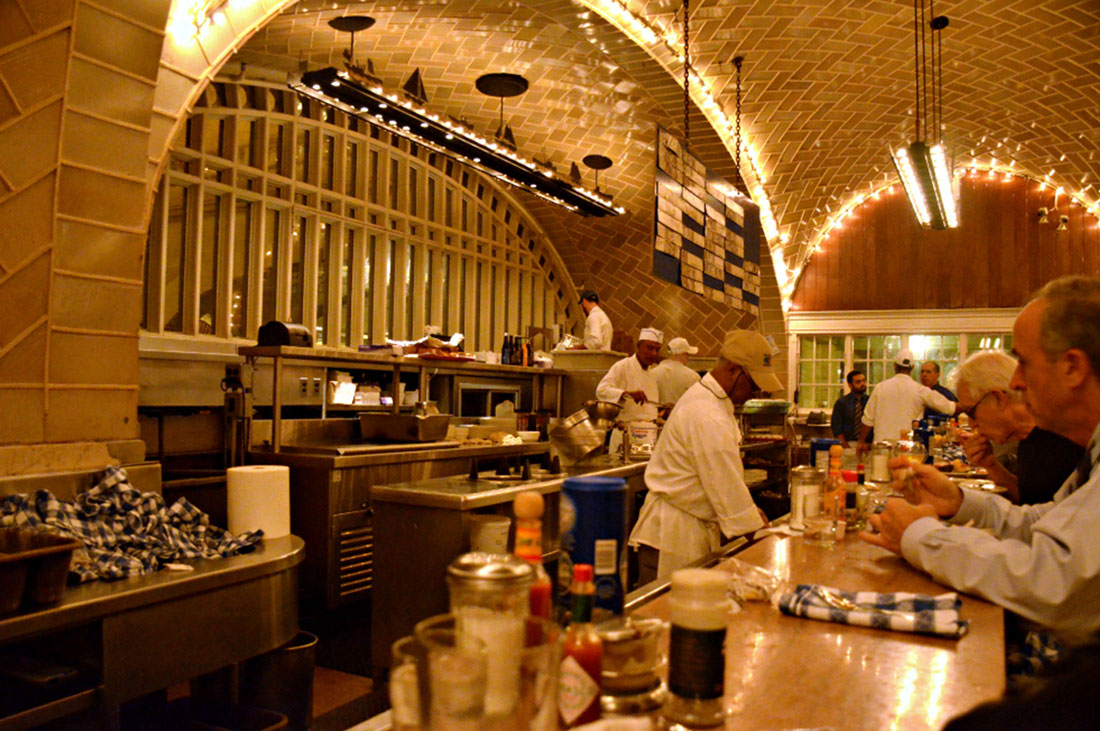
Burger & Lobster. This place opened in New York in 2014 and is always packed – every evening you have to wait at least 15 minutes to get in despite the seating capacity of 600 places. Three things are on the menu: lobster rolls, lobster burgers, and whole lobster. The rolls and burgers are to die for, but the lobster in butter is something I will never forget. Best not to eat there every day, though, or you will have trouble getting into your jeans….
Grand Central Oyster Bar. This is another cult venue, located in Grand Central Station, New York’s main railway station, and has been operating since 1913. The menu consists exclusively of oysters harvested from various states. Happy hour is from 16.30-19.00 Monday to Wednesday and on Saturday from 13.00-17.00 when they sell shellfish from Long Island for $1.25 each (~€1.13).
Hop Kee is a Chinese restaurant tucked away in the hustle and bustle of Chinatown. They serve enormous portions of fresh shrimp, fried calamari, and mussels. Even though it is so busy, they turn things around quickly, and queues are not common. A lot of the clientele is Chinese, but in the evenings, they attract a lot of the young New York crowd.
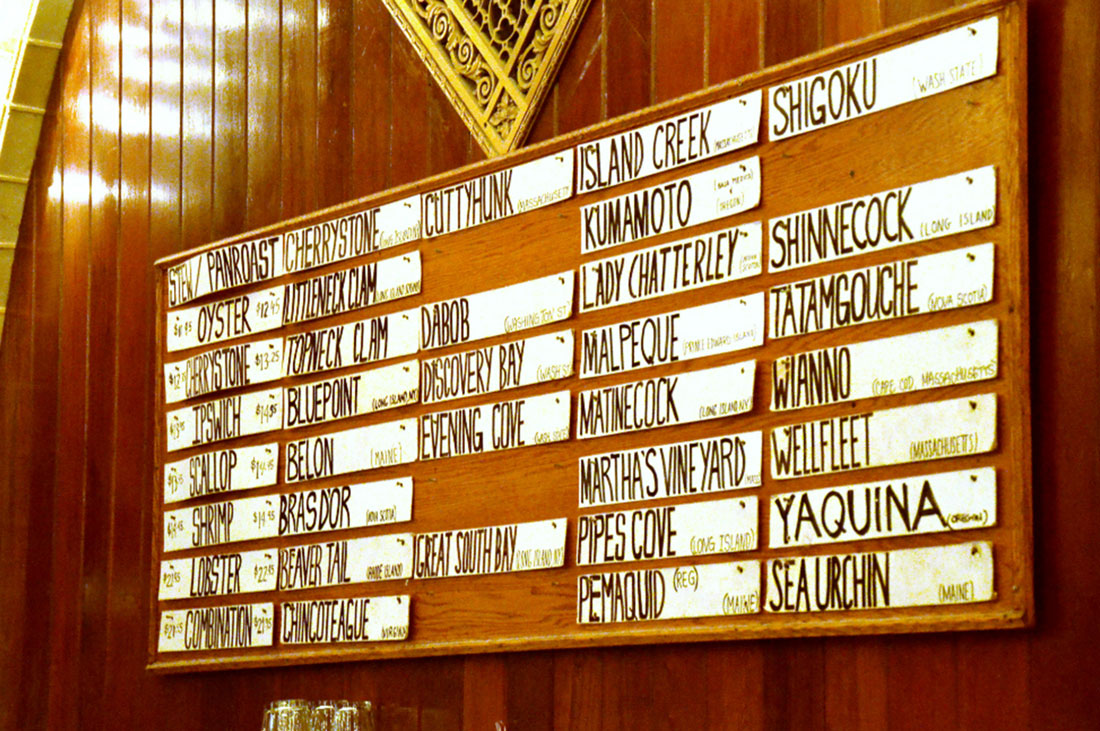
The supermarket chain Whole Foods Market is a great alternative to eating in restaurants. They offer a wide range of hot foods, salads made from organic ingredients, including seafood – really good for a picnic in the park or getting something on the go. My absolute favorite dish is easily the fermented fizzy drink called kombucha made from the sweet-sour tea mushroom. You don’t find it much at home, and the taste is typically New York.
Chelsea Market is another place not to be missed during your visit. It’s in the Meatpacking District, and its local restaurants are famed for their wide selection of oysters and lobster. So, in the Cull & Pistol Oyster Bar, they will offer you oysters from which you will be able to learn about the geography of the USA, and in the neighboring Lobster Place, you can eat and then stock up on lobsters and lobster-related souvenirs for shellfish fans.
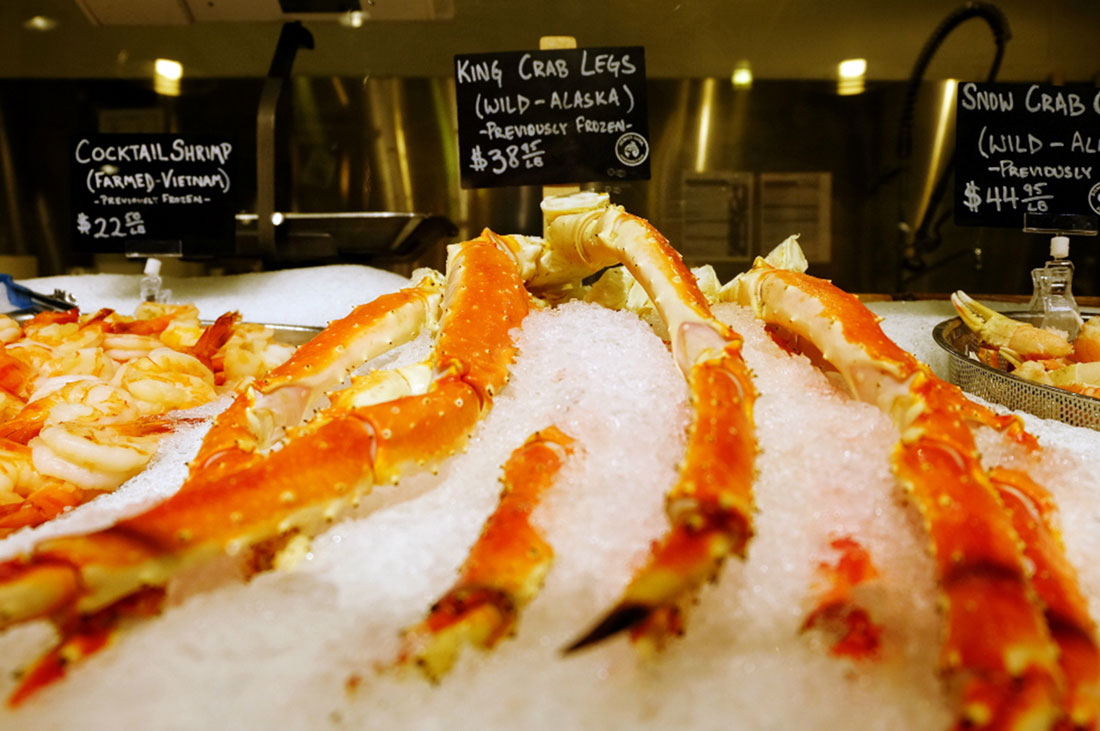
Accommodation: staying in the heart of the Big Apple
For me, a central location is important, so I have always preferred to stay in Manhattan. On Manhattan Island, all the main sights, museums and restaurants are situated quite close to each other, but this makes the accommodation more expensive than in Brooklyn or New Jersey.
Manhattan is divided into seven districts. I would take a look at Chinatown, the least expensive district in Manhattan. Some say that it’s dirty there and that it’s “too Chinese” but I see that as part of the character of the place and after a few days you stop noticing. In any case, here you get the cheapest and juiciest fruit like mango and avocado, and there are delicious fish restaurants everywhere.
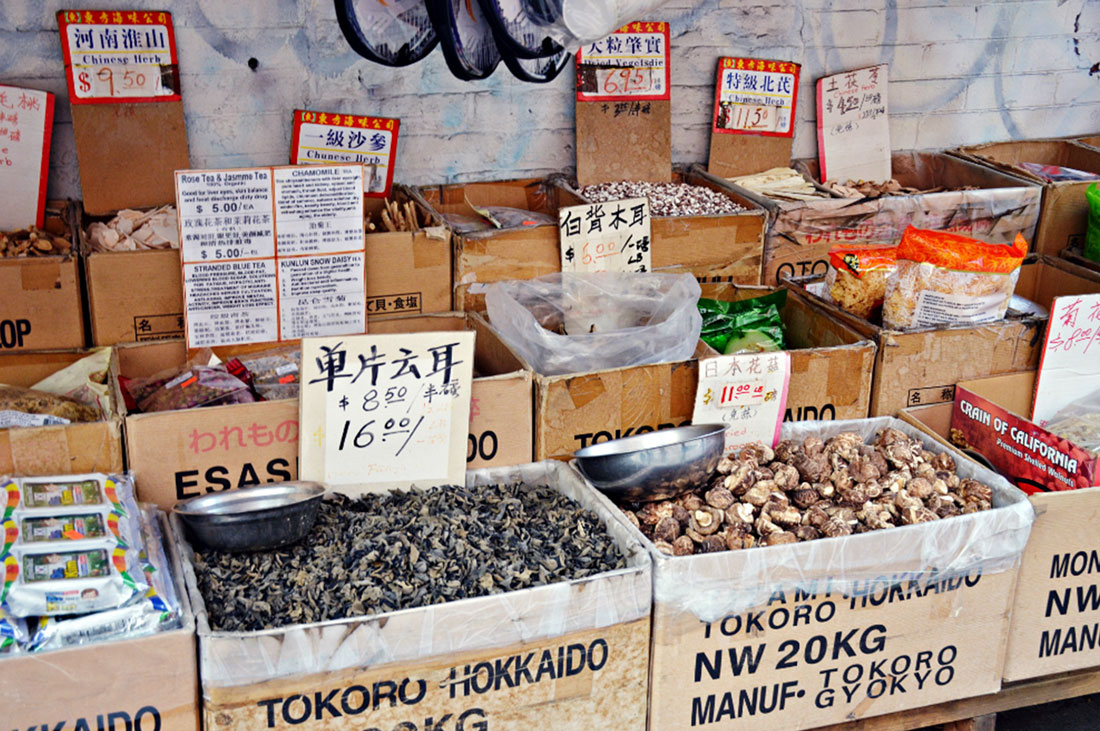
The most bohemian and stylish part of Manhattan is Soho. It’s also the most expensive, with a three-star hotel costing around XXXX, whereas a similar hotel in Chinatown would be half as expensive. Soho also has the best shopping in town. Drop by the cult shop Opening Ceremony if you like conceptual fashion. COS & Other Stories are also here.
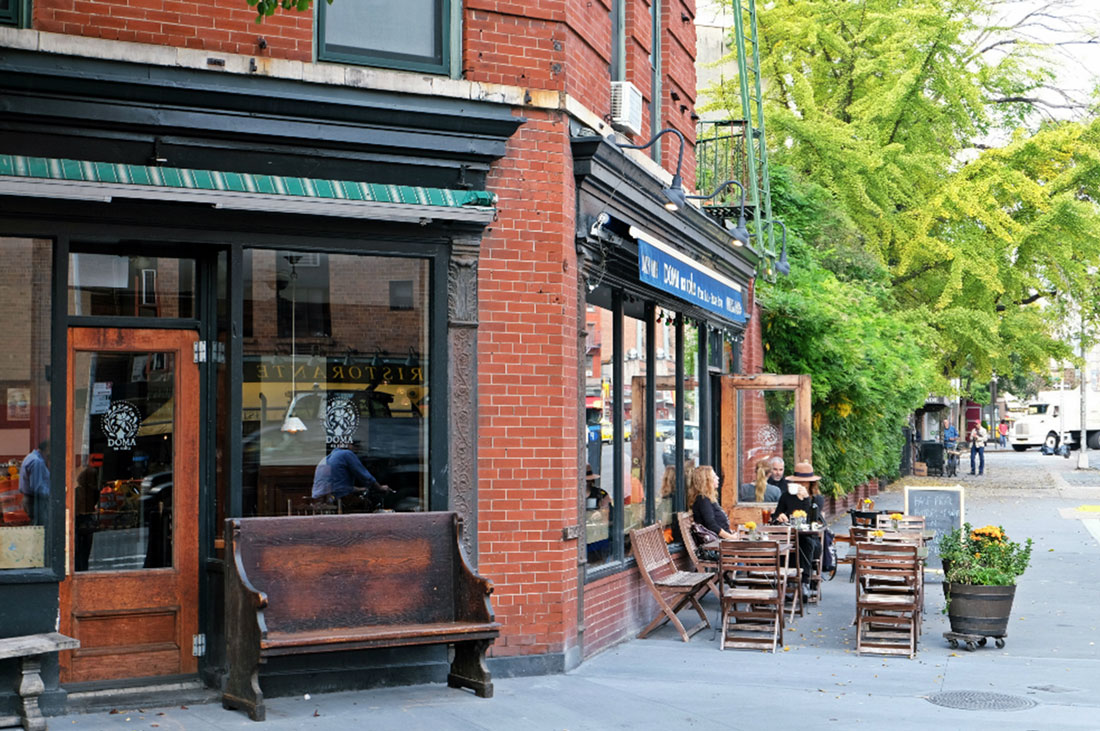
If you’re staying in Manhattan, it’s easy to explore the city on foot. My record is 50 blocks in a day at an easy pace.
Public transport: getting around
The cheapest and quickest way of getting around is by subway. In New York it runs round the clock but be careful – at night you might have to wait up to half an hour for a train. A single ride costs $2.75 (~€2.48) cash, but if you buy a Metrocard, it’s a bit cheaper ($2.53/~€2.28). If you’re in town for a week, then it’s worth getting an unlimited ride Metrocard for $33 (~€29.78).
If you need to take a taxi, you can choose between Uber, Hailo, and Lyft or simply raise your arm on Fifth Avenue and shout “Taxi,” just like in the movies. A trip costs from $2.50 (~€2.20) and then $0.50/€0.45 per 350m thereafter.
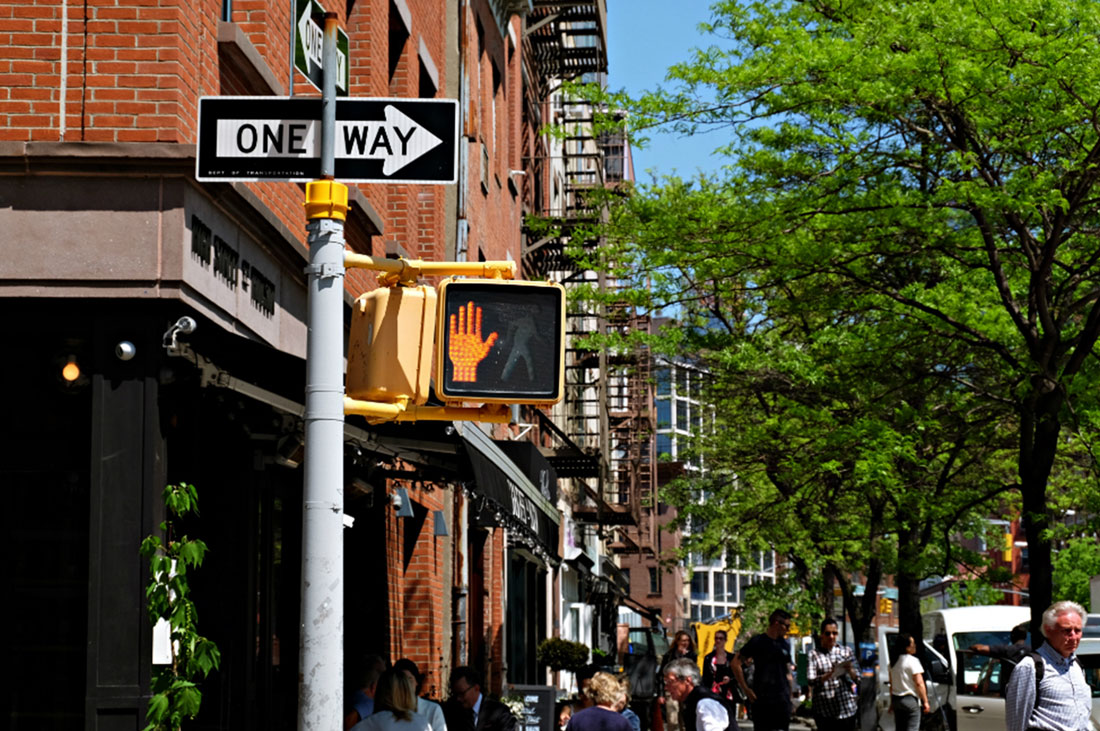
Flagging a cab in New York
The vehicle is for hire only if the light on the roof is on.
5 pm is changeover time for the taxi drivers in New York, so it’s hard to get a car at that time. Better to use Uber or take the Subway.
There are unofficial taxis (gypsy cabs) which are private drivers touting for fares. Some are licensed, but many aren’t, and none have the right to solicit business from the street, only pre-booked. They are simply trying to make money. Some will offer a fixed fare, and most gypsy cabs don’t take bank cards. These are a risky option.
The СabSense NYC app will help you find those streets where it’s easiest to hail a cab.
New York is more than a city; it’s a world of its own, impossible to characterize because of everyone experiences it differently, the especially first time around. There are the staple ingredients like Central Park, the Empire State Building, and the signs for the Broadway musicals, but they should play second fiddle to the hidden aspects of the city. These will give you a more authentic portrait of the living city – secret places where you can spend time in peace and quiet, places where you can enjoy art and culture away from the crowds and enjoy local food which you have never tried before. This is, for me, the city beyond the tourist crowds, my uncharted New York.

